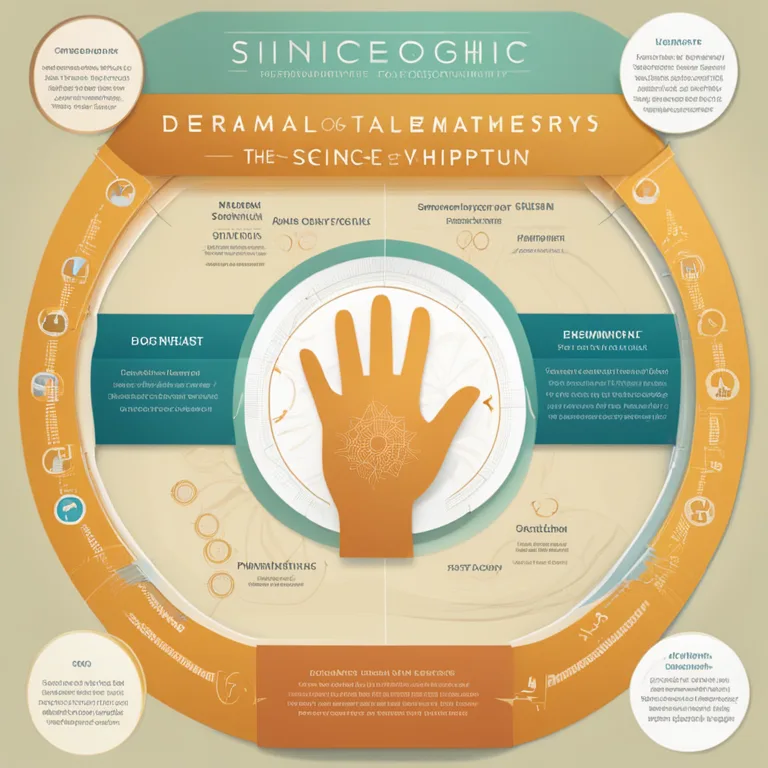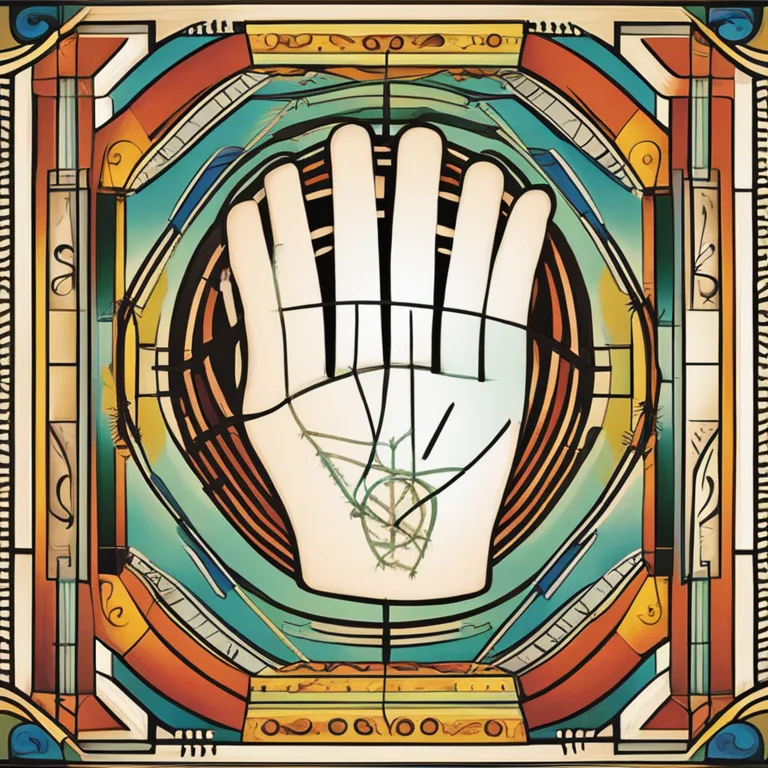
Palm Lines: Insights from Dermatoglyphics
Delve into the fascinating world of palmistry through the lens of science. Learn how the lines on our palms might hold the keys to our personality and future.
article by Nora Pennington
A Brief History of Palmistry
Palmistry, or chiromancy, has been practiced in various cultures for thousands of years, with roots traceable back to ancient India, China, and Greece. Historically, it was believed that the lines and features of the hands could reveal character traits and life paths. Aristotle reportedly provided a treatise on palm reading to Alexander the Great, who used it to examine the character of his officers. While often considered a pseudoscience, palmistry has intrigued humans from all walks of life, seeking to understand the cryptic messages etched into the palms of their hands.

The Science Behind the Lines
The study of dermatoglyphics—patterns of whirls, loops, and arches on fingertips, palms, and soles—offers a scientific framework that overlaps with aspects of traditional palmistry. Complex genetic and environmental factors determine these patterns, with recent studies making connections between dermatoglyphic patterns and certain medical conditions. In 2024, this field continues to evolve, with biometric technology using these patterns for identification purposes. While no causal link has been proven between life events and palm lines, dermatoglyphic research provides a compelling biological backdrop to the lines we often associate with fate and personality.

The Major Lines and Their Interpretations
Palmists focus predominantly on three primary lines: the heart line, head line, and life line. It is believed that the heart line provides insight into emotional states and love matters. The head line is said to reflect intellectual tendencies and communication styles. As for the life line, many think it indicates vitality and life changes. Although these interpretations aren't scientifically validated, people continue to seek meaning and reassurance within the curves and grooves of their hands.

Modern Palmistry and Psychology
The modern take on palmistry often intersects with psychology. Just as body language and facial expressions can reveal unspoken emotions, how we wave our hands or clasp them could tell a tale. Some psychological theorists in 2024 suggest that the study of palms, much like other forms of non-verbal communication, could offer a glimpse into subconscious traits. Nonetheless, these theories are highly speculative, and discerning clear, empirical correlations remains a challenge.

Tech Integration with Palm Line Analysis
In this digital age, technology plays a significant role in updating ancient practices like palmistry. Applications and software strive to demystify hand readings, using algorithms and databases to interpret lines and marks on the palm. However, while technology can aid in the consistency of readings, it cannot yet replicate the intuitive and personal elements that a human palmist might offer, nor can it substantiate the predictive aspects of the readings.
The Future of Palm Reading
As we look ahead, the lines between science and traditional practices like palm reading could continue to blur. With advancements in genetics and psychology, perhaps one day there will be more known about the connections between our palm lines and our traits or predispositions. Until then, whether you believe in the mystical or prefer the empirical, there's no denying the enduring fascination with the secrets we carry in the palm of our hands.
Published: 1/5/2024
Modified: 1/5/2024
More predictions
Come back here soon to learn more about yourself and your future


The World of Palm Line Interpretation
Discover the hidden meanings behind the lines on your palm with our comprehensive guide to palm line interpretation.


Reflective Musings: Quintessential Palm Reading Quotes
Delve into the wisdom of palmistry with thought-provoking quotes that encapsulate the essence of this ancient practice in our digital age.


Can Palm Reading Foretell Longevity?
Explore the controversy and insights surrounding palmistry's take on predicting life span through the study of palm lines and formations.